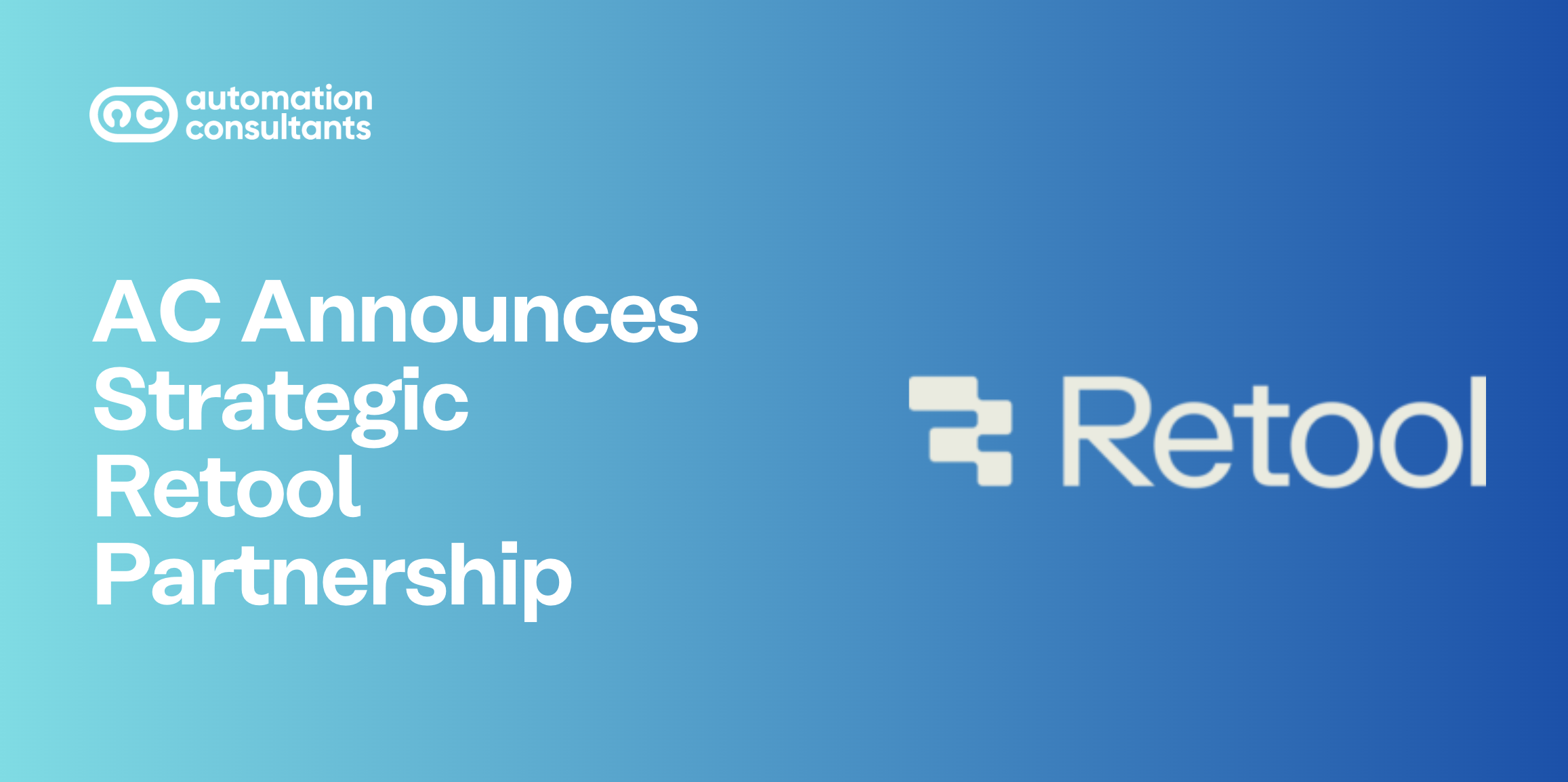Back in January, Atlassian announced its acquisition of Trello for $425 million, the latest and largest in a series of significant acquisitions for the company.
As an Atlassian solution partner, we would like to share some of our thoughts on the implications of this combination as the company continues to cement its position as a global leader in the world of enterprise software.
Understanding the Atlassian Trello combination
Initially, the motive behind the Atlassian Trello combination appeared uncertain, since Trello was, to a certain extent, a competitor to Atlassian due to its similarities to Jira.
For one, as a project management application, Trello works similarly to Jira Software, but with the collaboration and knowledge sharing features found in Confluence. Both Jira Core and Software now also include Boards, much like Trello. Jira Software and Trello share a common focus on customisation: Trello uses Power-Ups (somewhat similar to Jira add-ons), which allow the user to seamlessly connect with applications like Google Drive, Dropbox, and Github. Overall, however, Jira Core is a closer fit with Trello’s target audience than Jira Software.
Yet upon further consideration, it became clear to us that Trello fills a gap in the Atlassian product line rather neatly, rather than competing directly against Atlassian’s other products. Trello is better suited for general, ad-hoc use – anybody can use it as a standard task management or to-do-list tool – but there isn’t as much depth and sophistication to it as Jira Software. Jira Software is very detailed, and generally favoured by software development companies to support a very wide range of complex projects.
The Atlassian Trello combination is therefore an indication that Atlassian is seeking to expand into another kind of market: non-software development. The company has tried to do this previously by promoting the less expensive and more basic Jira Core for non-software development use. Jira Software, on the other hand, is already too well-established and highly reputed as a software development tool.
So, will Jira and Trello co-exist within Atlassian’s range of software?
In short, yes. The products are sufficiently different and a user’s choice of either will depend largely on their needs. Jira has several features and functionalities that Trello can’t imitate, but Trello is a lot easier to set up and start using quickly.
The Atlassian Trello combination: what’s next?
Atlassian has already stated that it wants to fit Trello into its stack, without making significant changes to the pre-existing software. Nonetheless, it’s still yet to be seen exactly how the acquisition, which is expected to close by 31st March 2017, will play out. The fact remains that most users will not run Trello and Jira Core alongside each other – they will use one or the other. There may, however, be some companies that use Jira Software for Dev Teams and Trello for Business Teams.
There’s also a chance that the Power-Ups from Trello might be put into the Atlassian marketplace. If this happens, it might be a signal that Atlassian is ready to combine Jira Core and Trello into one, all-encompassing tool.
In any case, the Atlassian Trello combination is great news. From our point of view, Atlassian’s interest in Trello isn’t so much about the qualities of the product as the business possibilities presented by its user base and the non-software development space as a whole. This seems to be the direction Atlassian is moving in, and it will be very interesting to witness further developments in this area over the next few months.




